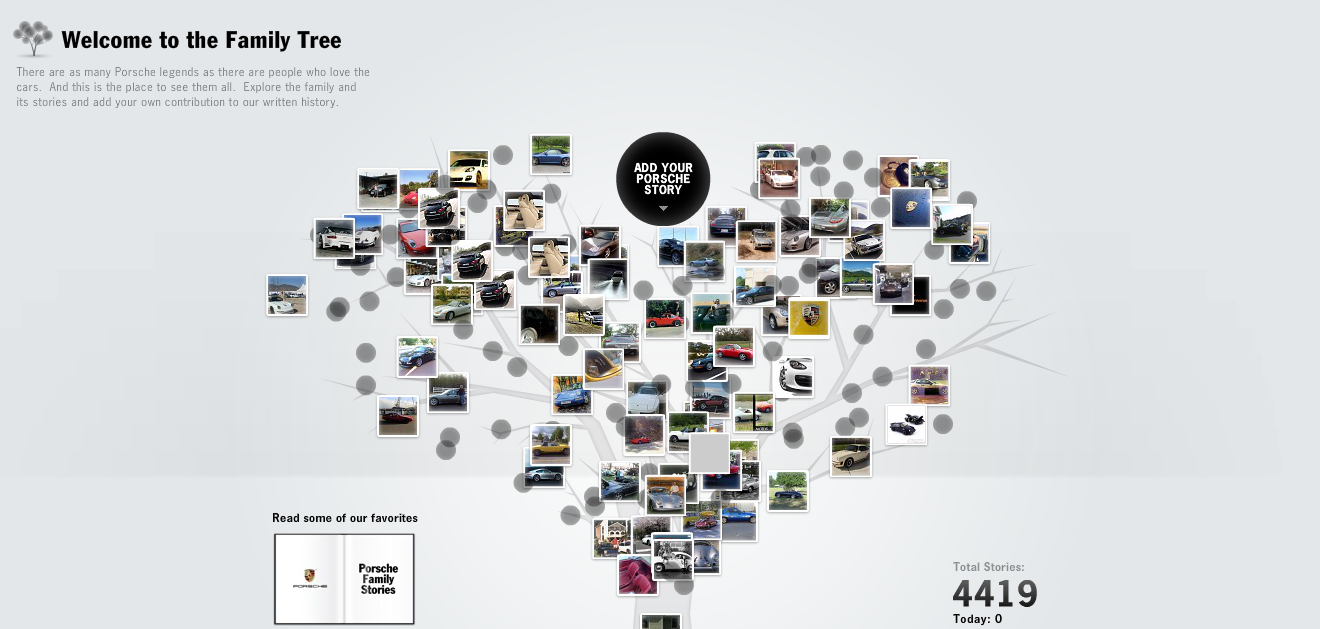Already, we are nearing the end of our series on optimising landing pages with only a few more to go. This article is going to look into how to optimise and improve a microsite which, as it says in the name, is a micro-version of a website such as a sub-page of a main website. Therefore, optimising this type of landing page will be different to, let’s say, a lead capture, infomercial or click through page.
What is a Microsite?
A microsite is essentially a small website that is designed to be a sub-division from the main website. It’s purpose is usually to advertise a sector of the main website (such as a car) in more detail and possible using even a different template. This will help in making conversions more targeted if the template can change to suit the conversion that is needed.
The great thing about a microsite is that it can be as related or as unrelated to the main website as possible. If you want web users to recognise it is a branch off from the main website, you can keep the design and include elements of the main website into the microsite. However, you can also do the opposite with a microsite too. If you want to differentiate the microsite away from your main website for whatever reason, you can also do that too and almost make the microsite seem like a full size separate website.
You have Freedom for Anything
This is kind of what I am saying above. With a microsite, you do not have to be stuck down by rules that if it is a branch/small auxiliary website off the main website, it has to have common features. It doesn’t. It can be whatever you want it to be.
A great example would be Yamaha. Yamaha are famously known for their bikes but also their musical instruments too. Therefore, they could use a microsite to make a Yamaha instruments microsite and a bikes microsite. Together, the two products are so diversified that they could never work together. A microsite is best for advertising a diversified product.
Microsites Encourage Engagement
Another great feature of many microsites is that they completely engage the web user into the microsite which means:
- The web user stays on the microsite for longer.
- They read more information/content about what you are advertising.
- There is a likelier chance of a successful conversion.
Some microsites adopt flash to help encourage the user to click and expand on different areas of the microsite. For example, take a look at Porsche’s Family Tree which is a microsite that lets users see the family tree of Porsche. By using flash, the content flows much better and looks far more professional.
The main optimisation tip I could give you about microsites, though, is to make sure, like always, that you know exactly what you want to achieve. What do you want the web users to do when they land onto your microsite? You won’t believe the low conversion rates some advertisers gain because their conversion isn’t specific and targeted enough on their landing page. Always mould your design to what your PPC objective is.





